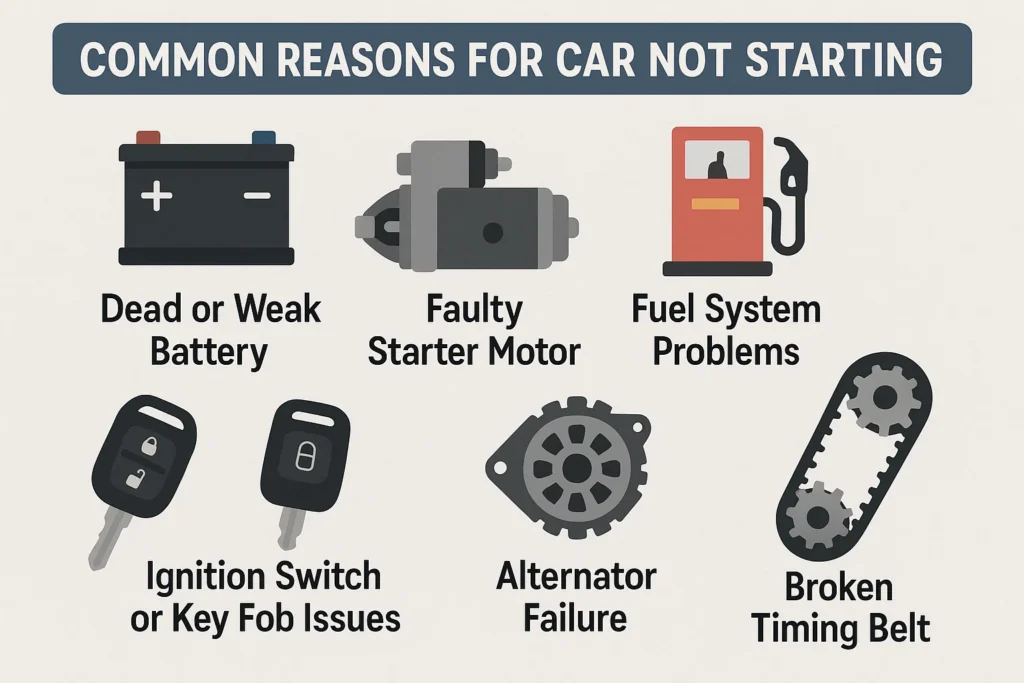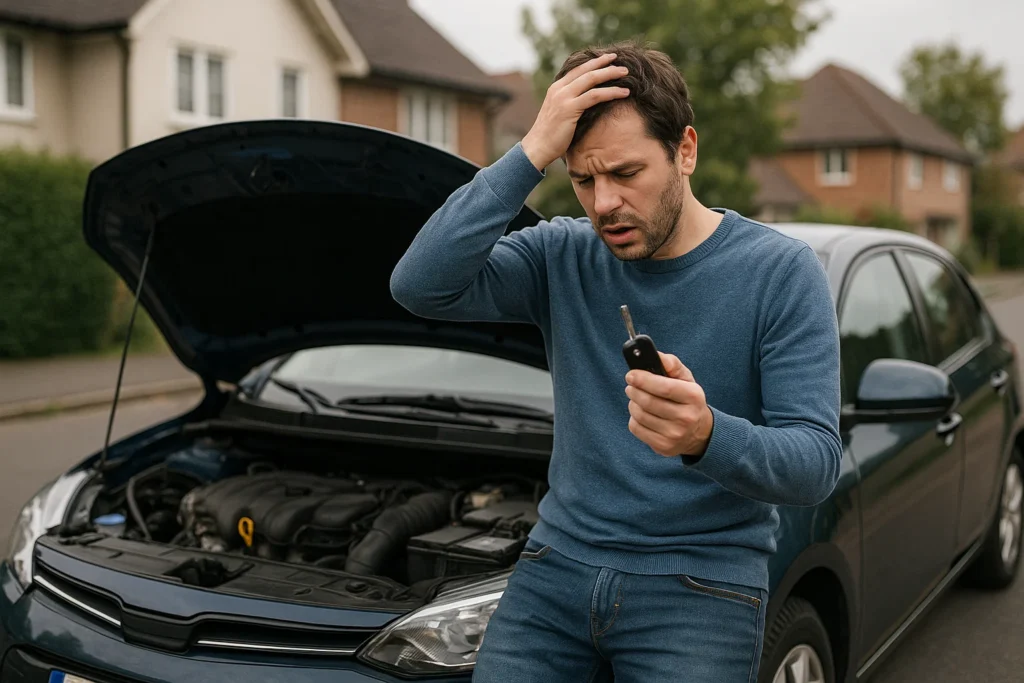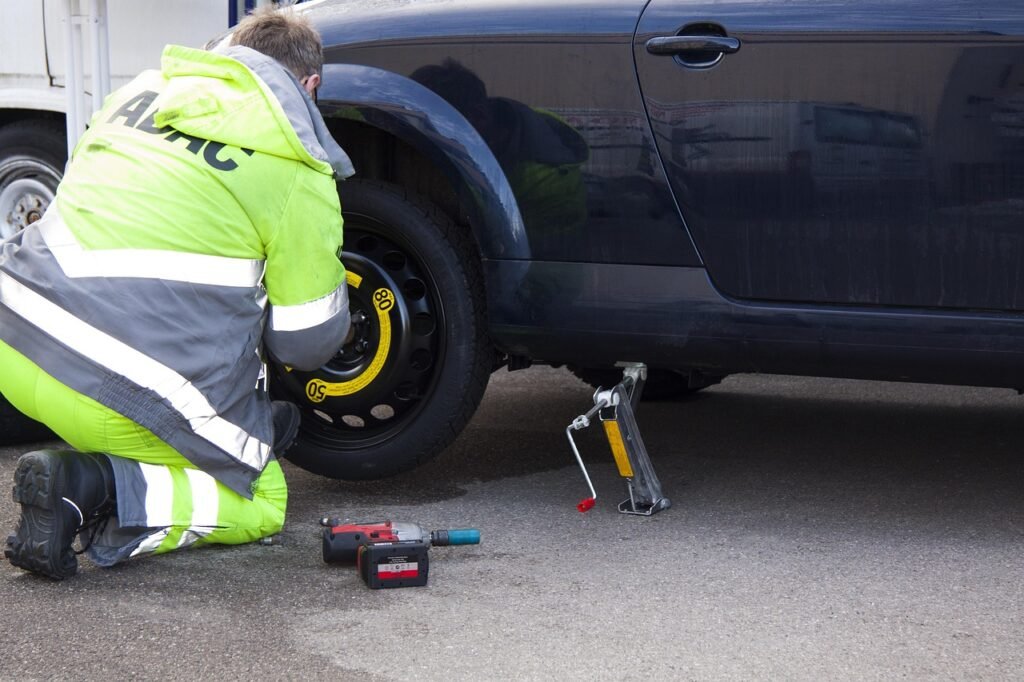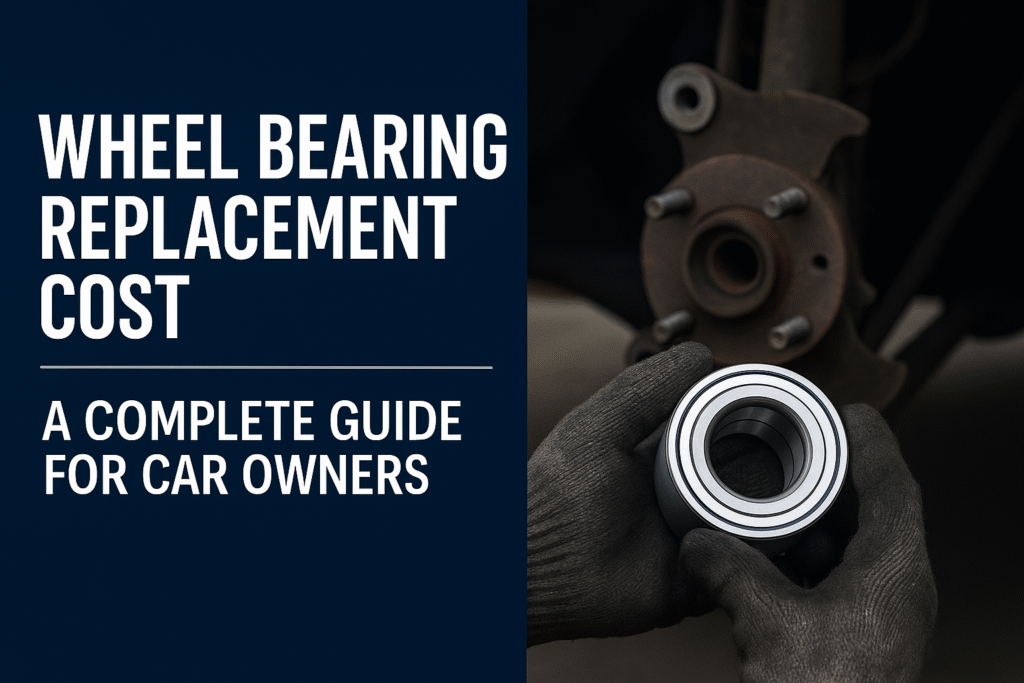If your car is not starting, you’re not alone. This is one of the most frustrating automotive problems, and it always seems to happen at the worst time. Whether your engine is completely silent, you hear a clicking sound, or it cranks but refuses to start, this guide will walk you through exactly what’s going wrong and how to fix it.
We’ll cover quick fixes, deep diagnostics, and preventative tips, so you can get back on the road fast and avoid costly repairs down the line.
What to Do Immediately When Your Car Won’t Start
Before diving into complex diagnostics, start with these essential steps. These quick checks can help you identify the problem or at least rule out the obvious.
Step 1: Listen Carefully When You Turn the Key
- Clicking sound: This often indicates a dead battery or starter issue.
- No sound at all: Could point to a dead battery, faulty ignition switch, or disconnected wiring.
- Cranking but no start: Likely a fuel or ignition problem.
Step 2: Check the Dashboard Lights
- If lights are dim or non-existent, the battery may be dead or severely drained.
- If lights are bright, but there’s no engine response, the issue could lie in the starter or ignition system.
Step 3: Try a Jump Start
Use jumper cables or a portable jump starter to see if the engine comes to life. If it starts, you’re likely dealing with a battery or alternator issue.
Step 4: Confirm the Gear Selector and Steering Wheel Lock
- Ensure the vehicle is in Park or Neutral.
- If the steering wheel is locked, gently wiggle it while turning the key.
Common Reasons Why Your Car Won’t Start
There are several systems in your vehicle that can prevent it from starting. Below are the most common culprits and how to identify them.
Dead or Weak Battery
Symptoms: No electrical power, clicking noise, or completely unresponsive ignition.
Causes: Age, parasitic drain, weather, or leaving the lights on.
Solution: Jump-start the battery and test it with a multimeter. Replace if voltage is under 12.2V when resting.
Faulty Starter Motor
Symptoms: Single click or no sound at all when turning the key.
Causes: Worn starter solenoid, electrical issues, or internal failure.
Solution: Tap the starter with a tool to see if it activates. Otherwise, replacement is likely necessary.
Ignition Switch or Key Fob Issues
Symptoms: No dashboard lights, unresponsive push-start button, or key not detected.
Causes: Faulty switch or dead key fob battery.
Solution: Use a spare key or replace the battery in your key fob. If issues persist, the ignition switch may need replacement.
Fuel System Problems
Symptoms: Engine turns over but does not start.
‘Causes: Empty fuel tank, clogged fuel filter, or malfunctioning fuel pump.
Solution: Ensure the tank isn’t empty. If the fuel pump isn’t making a sound when you turn the key, it may have failed.
Alternator Failure
Symptoms: Car starts after a jump but dies shortly after.
Causes: The battery is not being recharged while the engine runs.
Solution: Replace the alternator. A voltage test can confirm this; a healthy alternator outputs 13.5–14.5 volts.
Broken Timing Belt or Mechanical Issues
Symptoms: Engine cranks unusually fast or sounds different.
Causes: Broken timing belt, snapped chain, or internal engine failure.
Solution: This is not a DIY fix have the vehicle towed to a mechanic.

Step-by-Step Diagnostics: How to Identify the Issue Yourself
Use an OBD2 Scanner
If your check engine light is on, plug in a diagnostic scanner to retrieve error codes. Many auto parts stores will do this for free.
Check Battery Voltage
Use a multimeter to measure:
- 12.6V = fully charged
- 12.2V–12.4V = low, may crank slowly
- Below 12V = too weak to start most vehicles
Inspect Battery Cables and Grounds
Look for corrosion on terminals and ensure all cables are tightly secured. Don’t forget to check the negative ground wire.
Check Fuses and Relays
Locate your car’s fuse box and inspect the starter relay, ignition fuse, and fuel pump relay. Replace any blown fuses.
Look for Physical Clues
- Smell of fuel may suggest a flooded engine.
- Grinding or clicking noises often indicate starter or flywheel issues.
What It Means If Your Car Exhibits These Behaviors
Car Cranks But Won’t Start
This usually means the engine is getting power, but not one of the key elements in the fuel-air-spark triangle.
Likely Causes:
- Faulty fuel pump or clogged filter
- No spark from coils or spark plugs
- Malfunctioning crankshaft or camshaft sensor
Car Won’t Start But Lights Work
If your lights, radio, and dashboard work, but the engine won’t crank, the battery may be functional but the starter, ignition switch, or security system could be at fault.
Car Is Completely Dead
No lights, no sounds this usually means:
- Dead battery
- Disconnected ground
- Blown main fuse
When to Call a Mechanic or Roadside Assistance
You should seek professional help if:
- Jump-starting doesn’t work
- There’s a strong fuel smell or smoke
- You suspect internal engine damage
- You’ve exhausted your diagnostic options
How to Prevent Car Starting Issues in the Future
Routine care can prevent 90% of non-starting problems. Here’s what to do:
Maintain Your Battery
- Clean terminals regularly
- Test voltage every few months
- Replace every 3–5 years
Follow a Scheduled Maintenance Plan
Change spark plugs, filters, and timing belts according to your owner’s manual. Keep oil changes timely to avoid engine wear.
Store Your Car Smartly in Cold Weather
Use a trickle charger or battery maintainer in freezing temperatures. Keep your fuel tank at least a quarter full.
Use High-Quality Fuel
Avoid water contamination and fuel system deposits by filling up at reputable gas stations.
Frequently Asked Questions (FAQs)
Why is my car cranking but not starting?
This usually points to a fuel delivery, spark, or engine sensor issue. A scan tool can help identify the cause quickly.
Can a blown fuse cause a no-start?
Yes, particularly fuses related to the ignition, starter, or fuel pump.
How can I tell if it’s the battery or the alternator?
If the car starts with a jump but dies shortly after, it’s likely the alternator. If it doesn’t start at all, the battery may be the problem.
My car only clicks when I try to start it. What’s wrong?
This is a classic sign of a dead battery or faulty starter solenoid.
Final Thoughts
When your car doesn’t start, it’s not just inconvenientit can ruin your day. This guide should help you identify the issue quickly and either fix it yourself or know when it’s time to call a professional.
Keep up with maintenance, store your vehicle properly in extreme weather, and listen to early warning signs like slow cranking or flickering lights. Addressing small issues early can save you from being stranded with a car that won’t start.
Related Articles You May Find Useful:
- How to Jump Start a Car Safely
- 5 Signs Your Alternator Is Failing
- Winter Car Maintenance Checklist
- Best OBD2 Scanners for Home Diagnostics
FAQs
What does it mean when I turn the key and nothing happens?
This usually indicates an electrical issue. It could be a bad ignition switch, corroded battery terminals, or a disconnected wire. Checking all connections and fuses is a good first step.
Why is my car not starting after it rained or got wet?
Moisture can cause issues with spark plugs, ignition coils, or wiring. If your car got wet, water might have entered sensitive components, preventing ignition.
How can I tell if it's the battery or alternator?
If your car is not starting and you hear a clicking sound or the lights are dim, it’s likely a dead battery. If the car starts but dies soon after, the alternator may be failing.
What should I do first if my car won't start?
Start by checking the battery terminals and charge level. Then look for obvious signs like dashboard warning lights or strange noises. If unsure, jump-starting the car is a quick way to rule out a battery issue.



